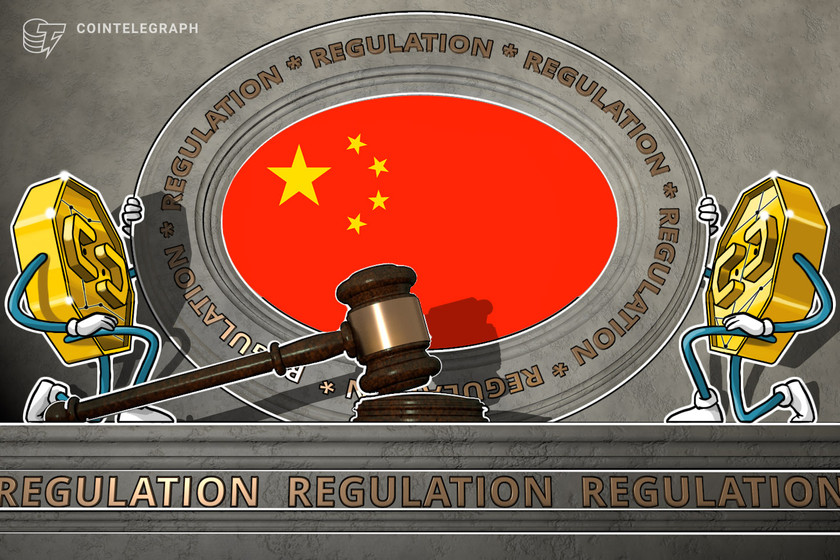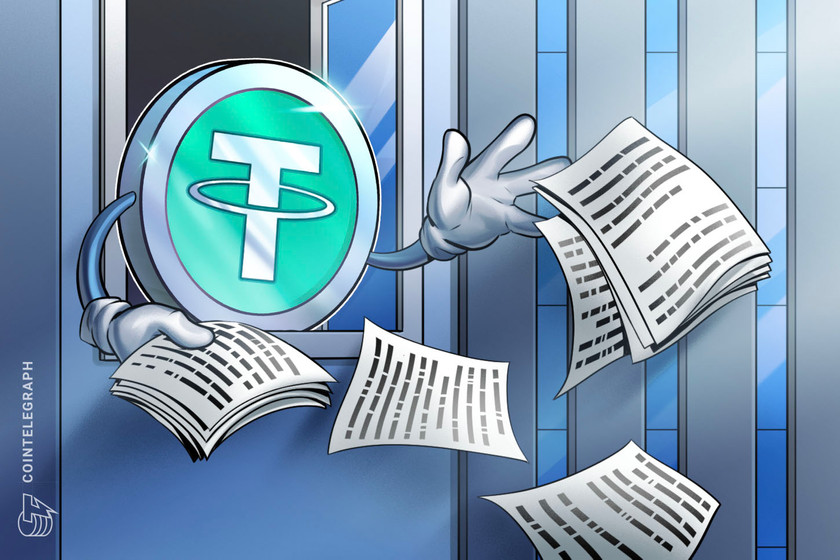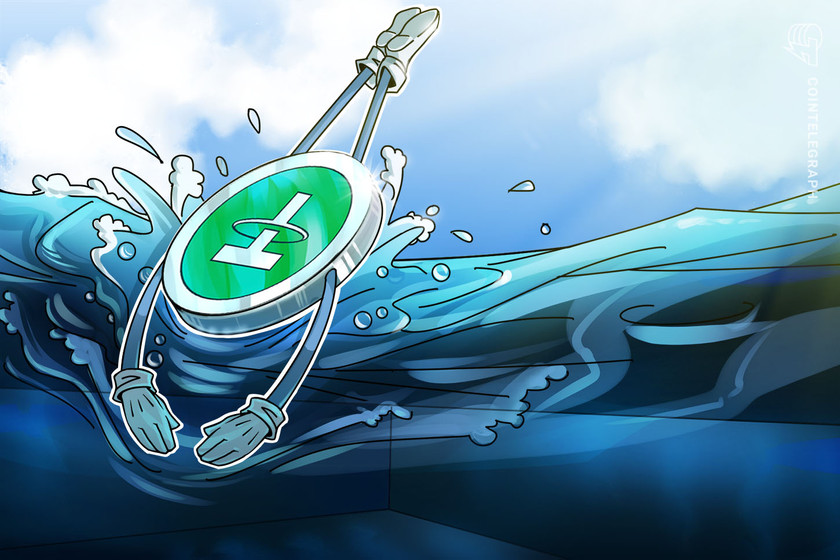3 key metrics suggest Bitcoin and the wider crypto market have further to fall


Traders are not as fearful as they were in June, but several metrics show the market is still standing on paper-thin support levels.
The total crypto market capitalization has fluctuated in a 17% range in the $840 billion to $980 billion zone for the past 28 days. The price movement is relatively tight considering the extreme uncertainties surrounding the recent market sell-off catalysts and the controversy surrounding Three Arrows Capital.


From July 4 to 11, Bitcoin (BTC) gained a modest 1.8% while Ether (ETH) price stood flat. More importantly, the total crypto market is down 50% in just three months, which means traders are giving higher odds of the descending triangle formation breaking below its $840 billion support.
#Bitcoin Bottom scenario :
Since #BTC downtrend from its peak $BTC has farming the same Decending triangle pattern every time, but each triangle is becoming smaller
We might see another breakdown from triangle & 400WMA can be bottom #Crypto #cryptocurrencies #cryptocurrency https://t.co/BsXBAJHa4P pic.twitter.com/oAQ0IX5XgU
— Aditya Siddhartha Roy❁ (@Adityaroypspk) July 7, 2022
Regulation uncertainties continue to weigh down investor sentiment after the European Central Bank (ECB) released a report concluding that a lack of regulatory oversight added to the recent downfall of algorithmic stablecoins. As a result, the ECB recommended supervisory and regulatory measures to contain the potential impact of stablecoins in European countries’ financial systems.
On July 5, Jon Cunliffe, the deputy governor for financial stability at the Bank of England (BoE) recommended a set of regulations to tackle the cryptocurrency ecosystem risks. Cunliffe called for a regulatory framework similar to traditional finance to shelter investors from unrecoverable losses.
A few mid-cap altcoins rallied and sentiment slightly improved
The bearish sentiment from late June dissipated according to the Fear and Greed Index, a data-driven sentiment gauge. The indicator reached a record low of 6/100 on June 19 but improved to 22/100 on July 11 as investors began to build the confidence in a market cycle bottom.


Below are the winners and losers from the past seven days. Notice that a handful of mid-capitalization altcoins rallied 13% or higher even though the total market capitalization increased by 2%.


Aave (AAVE) gained 20% as the lending protocol announced plans to launch an algorithmic stablecoin, a proposal that is subject to the community’s decentralized autonomous organization.
Polygon (MATIC) rallied 18% after projects formerly running in the Terra (LUNA) — now called Terra Classic (LUNC) — ecosystem started to migrate over to Polygon.
Chiliz (CHZ) hiked 6% after the Socios.com app announced community-related features to boost user engagement and integration with third-party approved developers.
Asia-based flow and derivatives demand is neutral and balanced
The OKX Tether (USDT) premium measures the difference between China-based peer-to-peer trades and the official U.S. dollar currency. Excessive cryptocurrency retail demand pressures the indicator above fair value at 100%. On the other hand, bearish markets likely flood Tether’s (USDT) market offer, causing a 4% or higher discount.


Tether has been trading at a 1% or higher discount in Asian peer-to-peer markets since July 4. The indicator failed to display a sentiment improvement on July 8 as the total crypto market capitalization flirted with $980 billion, the highest level in 24 days.
To confirm whether the lack of excitement is confined to the stablecoin flow, one should analyze futures markets. Perpetual contracts, also known as inverse swaps, have an embedded rate that is usually charged every eight hours. Exchanges use this fee to avoid exchange risk imbalances.
A positive funding rate indicates that longs (buyers) demand more leverage. However, the opposite situation occurs when shorts (sellers) require additional leverage, causing the funding rate to turn negative.


Related: Analysts say Bitcoin range ‘consolidation’ is most likely until a ‘macro catalyst’ emerges
Perpetual contracts reflected a neutral sentiment as Bitcoin, Ethereum and Ripple (XRP) displayed mixed funding rates. Some exchanges presented a slightly negative (bearish) funding rate, but it is far from punitive. The only exception was Polkadot’s (DOT) negative 0.35% weekly rate (equal to 1.5% per month), but this is not especially concerning for most traders.
Considering the lack of buying appetite from Asia-based retail markets and the absence of leveraged futures demand, traders can conclude that the market is not comfortable betting that the $840 billion total market cap support level will hold.
The views and opinions expressed here are solely those of the author and do not necessarily reflect the views of Cointelegraph. Every investment and trading move involves risk. You should conduct your own research when making a decision.






















